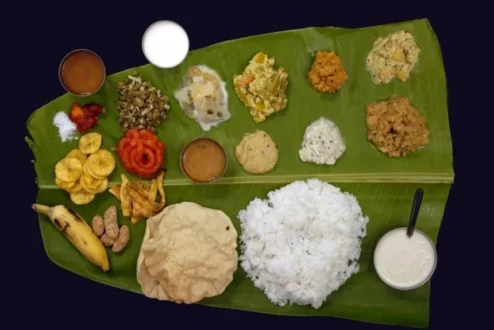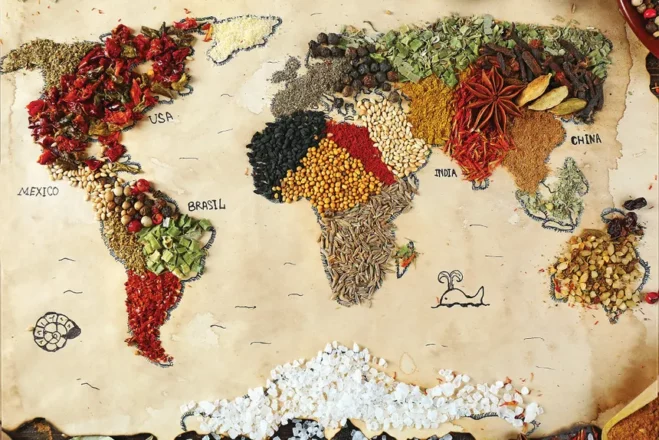ndian spices have long been prized not only in India but across the world for their powerful aromas, vibrant colors, and health benefits. In Southeast Asia, their influence runs deep, shaping the flavors of regional cuisines in countries like Thailand, Malaysia, and Singapore. From fiery curries to fragrant rice dishes, Indian spices have become integral ingredients, blending seamlessly with local herbs and techniques to create unique and beloved flavors.
The Spice Trade and Historical Connections

The presence of Indian spices in Southeast Asia dates back centuries, thanks to historic trade routes and cultural exchanges. Indian merchants brought not only spices but also culinary knowledge, religious practices, and art to the region. Spices like turmeric, cumin, coriander, and cardamom traveled alongside Buddhist and Hindu traditions, finding fertile ground in local kitchens.
These spices were quickly embraced, often mixed with native ingredients such as lemongrass, galangal, and kaffir lime leaves. The fusion of Indian and Southeast Asian flavors reflects the long-standing connections between the regions and continues to evolve with modern culinary creativity.
Key Indian Spices and Their Impact on Southeast Asian Dishes

Turmeric, known for its vibrant yellow hue and earthy flavor, is a staple in many Southeast Asian curries and rice dishes. It not only adds color but also offers anti-inflammatory benefits that have made it a valued ingredient in traditional medicine.
Cumin and coriander seeds contribute warm, nutty undertones found in Malaysian rendang and Singaporean spice blends. These spices complement the rich coconut milk bases common in the region’s cooking.
Cardamom and cloves add aromatic depth to desserts and savory dishes alike. For example, Singapore’s iconic biryani rice reflects Indian Mughlai influences, showcasing cardamom pods simmered with fragrant basmati rice and tender meat.
The widespread use of Indian spice blends, like garam masala and curry powders, has also inspired local versions. Malaysian and Thai spice pastes often include Indian-origin spices combined with native chili and herbs, resulting in complex layers of flavor.
Culinary Fusion and Cultural Exchange Today
Today, Indian spices continue to shape Southeast Asian cuisine through home cooking, street food, and high-end restaurants. Food markets in Bangkok, Penang, and Singapore offer dishes that marry Indian spices with local ingredients—such as Thai yellow curry, Malaysian laksa, and Peranakan cuisine—all rich in aromatic spices that trace back to Indian roots.
Chefs and home cooks alike experiment with these spices, crafting fusion dishes that honor tradition while celebrating innovation. The blending of Indian and Southeast Asian flavors highlights a shared culinary heritage that connects people through taste and history.
In conclusion, Indian spices are much more than seasonings in Southeast Asia—they are living symbols of cultural exchange and creativity. Their bold flavors enrich every meal, bringing warmth, depth, and a story of centuries-old connections to the table.

